Trout was surprisingly beautiful for a manufacturing moonlet located on the ass-end of the galaxy. Bee had fallen in love with their gaz giant at first glance, from the moment that her transport shuttle had exited hyperspace near it’s rings. The city, she’d initially been less convinced about. But it had grown on her.
Her communication tower dominated the skyline, one long unbroken line between the ground and the top of the sky dome, with her instruments poking through on the other side of the forcefield to go tickle the void like so many sharp needles. The low squat buildings of the military base — sorry, the “factory” — circled the foot of the tower for about a mile in each direction. As far as the inhabitants of Trout knew, hundred of soldiers went to work each day to insure the security of the Mega Black assembly lines and supervise production, with only half that amount of civilian workers employed in non-critical roles within the factories.
That was only half-true. Yes, there were some functional factories left on the grounds, in order to maintain the cover that the Castullan government had come up with for their bunker. But those factories had ceased production of anything even remotely related to SMB a long time ago.
The last she’d heard, the workers were still told that some other building on site was the one producing the Mega Black. The decoy factory was even labeled on the facility map and everything. Soldiers entered the high security area around it everyday and came out every night, and cargo shuttles landed and took off regularly from the adjacent air field. But, of course, it was all for show. The empty cargo runs were assigned as punishments for misbehaving pilots and the factory had tons of empty assembly lines and a hidden door that gave to another part of the base.
The bunker was the real crown jewel of Trout station. But civilians didn’t know about it, and those who worked in it tended to grow an immense dislike of the enclosed space, for some reason that Bee couldn’t fathom.
South of the tower — or at least, in the direction that the port authority had decided would be labelled “voidwise” for ease of navigation and everyone else had collectively renamed “south” — was a vast array of warehouses leading to the spaceport. This port was a long, modern-looking structure that took up a quarter of the edge of the dome, with dozens of arrival gates dotting the rocky surface of the moonlet outside of the perimeter of the force field.
The moonlet on which Trout Station was built had a sort of oval potato shape, with the city covering most of one side, which everyone agreed made it the “top” side. Bee, like most people who had undergone intensive zero-g training, was used to there being no such thing as “up” and “down” in space, and once upon a time would have been ticked off about civilian’s use of innacurate directional nomenclature. But then she’d done a stint working in the air control tower at a large shipyard near the Surf Nebula, and now she mostly was of the opinion that people could use whatever ridiculous words they wanted to indicate directions, as long as they were consistent about it. There was nothing worse than two bomber pilots disagreeing about the definition of “aft” on an open military channel for twenty goddamn minutes while the rest of the air traffic piled up on the hyperlane behind them, and then the brass somehow making that her fault. At least Trout Station didn’t have these sorts of problems. (It had other, more interesting problems.)
The spaceport lined the edge of the “top” part of the moonlet, where the terrain suddenly turned from a smooth rocky plain into sharp and craggy cliffs. Passenger shuttles arrived and departed through the gates dug into those cliffs. Each landing pad functionned as it’s own airlock, with large reinforced gates opening and closing at intervals, cycling the pressure and atmosphere through the spaceport to let passengers embark and disembark in relative comfort. There were, of course, several more airlocks, forcefields, and airwalls to cross before one could enter into the structure of the spaceport proper, because Castulla knew the value of installing safety redundancies in their space stations. Once someone had made it into the actual building, passing through customs was almost fast in comparison, and from there only one long elevator ride was all it took to emerge inside the dome.
In theory.
In practice, Bee had never personally travelled via the civilian spaceport. Military ships, in an effort to be subtle, docked on the “underside” of the moonlet next to the commercial hooks that were used to anchor the largest cargo freighters. Those docking installations were all designed to be entirely zero-g, which meant that when Bee and Chuck had arrived to their current posting, they’d had to strap themselves into their shuttle’s jumpseats and then wait to be processed through the commercial airlock along with several merchandise containers and one salvage wreck. It was annoying, especially when she knew for a fact that officers like General Brown used the landing docks at the regular spaceport like normal people. But it did mean that after disembarking, they had taken the extra long elevator at the “north” side of the moonlet, where cargo lifts ran from the periphery wall of the dome all the way down to the docking stations. While those lifts and the associated structures were very barebone and prioritized function over beauty, the view from them was absolutely unmatched. It was generally regarded as being the best one on station, given that this side of Trout pointed directly down at the planet — and was thus called “planetwise” by the port authorities.
Bee, who had loved that gentle and purple giant from the first glimpse out of the transport windows, fell in love ever harder with it from that close. Chuck, who never took the transition back to gravity very well, had hurled on her shoes. Good times.
On the east side of the tower stretched the subburbs where Bee and Chuck had their house, the many rows of identical neighbourhoods eventually petering out into a series of greenhouses, fields, and a small artificial forest. On the west side was the business district. Its high towers and bright lights created a dizzying vista of glamorous-looking buildings and expensive bars, museums and shops. Bee didn’t spend a lot of time downtown as a general rule, prefering to keep her shopping to the mall near the spaceport, her evening runs to her neighbourhood park, and her very few social outings to the electronics club that met every tuesday at Joan Fournier’s house. But every so often she could be convinced to take her little car or the vacuum train west, because that was where Iris’ shop was located.
It was also where the woman was apparently taking her for their date. As Iris hummed gently along with the song on the radio, Bee watched the buildings get progressively fancier from the car windows. It was making her nervous. She ran the tip of her fingers over the grooves in the surface of her newest ring in an effort to calm down.
Bee loved that ring. She’d been wary of Chuck getting her something either too authentic or too inauthentic for their fake wedding, and had wondered whether he would be able to straddle the line and get her something just good enough to be believable without blowing his budget on something that she would hate. But Chuck, that eternally unpredictable man, had simply ignored the line altogether. He’d chosen her something that he knew she would enjoy regardless of whether it was ‘supposed’ to be a wedding ring or not. The end result was a smooth titanium fidget ring, with the middle part not only patterned but also textured like a circuit board. All of their friends had swooned over it at the wedding, commenting on how well it suited her. Unfortunately, the ring also glowed in the dark, because while Chuck could be incredibly thoughtful, he was also tacky and childish.
(Incidentally, Chuck’s own wedding ring was a band of bright blue silicone engraved with a pattern of little fishes, and she’d already seen him put it in his mouth to chew on it more than once, including right after the wedding feast. It was indescribably disgusting, which also suited him very well. Good job Chuck?)
The metal band felt right at home on her fingers, alongside the occasional silver finger splint disguised as jewelry or her oldest and loveliest piece of bling, a little ring that consisted of several layers stacked all on top of each other. Those could be unfolded to form a little sphere, and each of its components were engraved with astronomical symbols representing the planets in her home star system. She took it off her finger now and snapped it open and closed repeatedly.

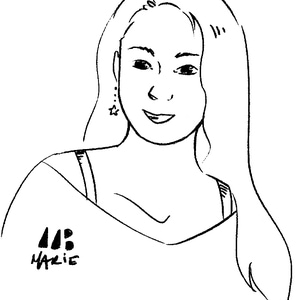
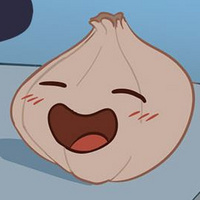

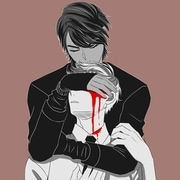


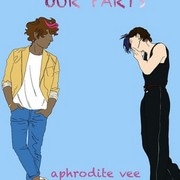


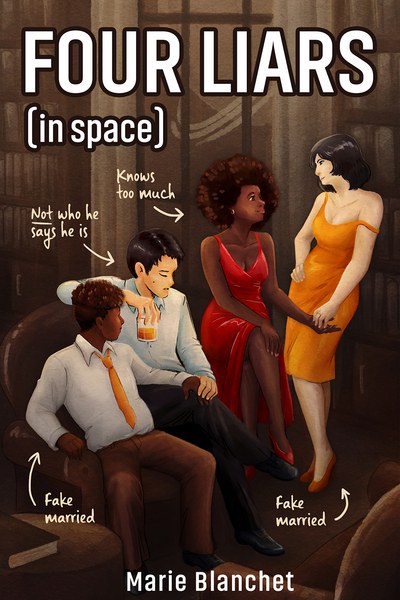
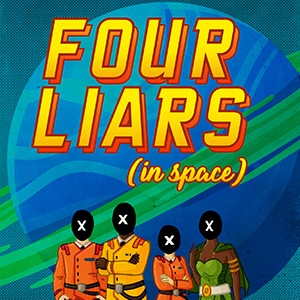
Comments (2)
See all